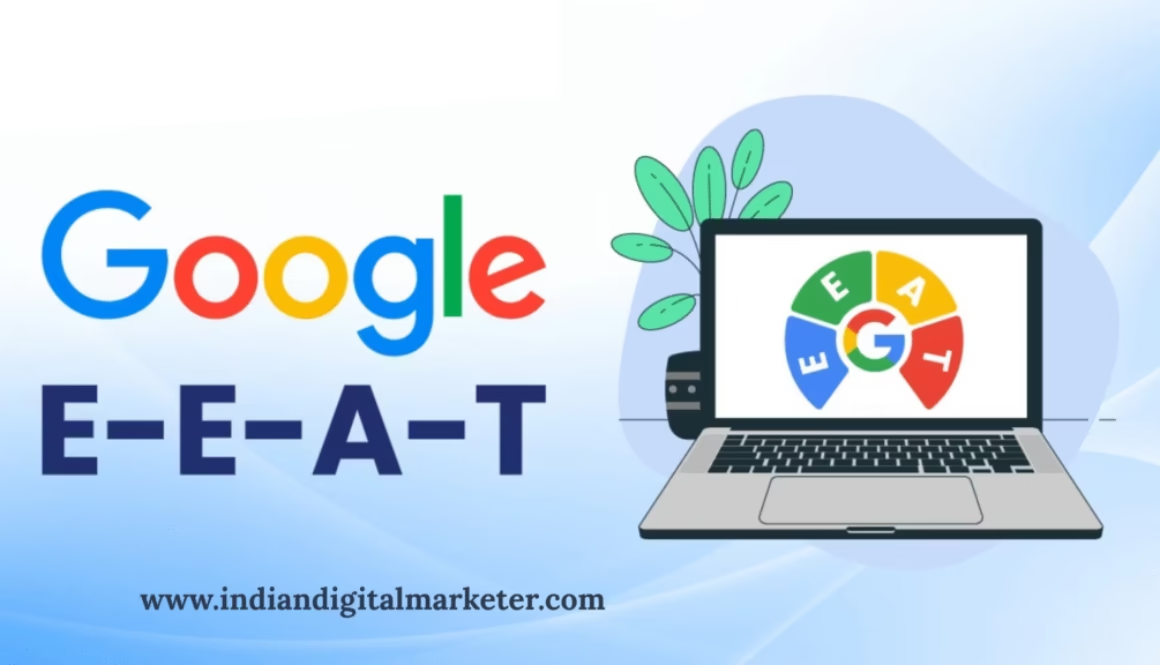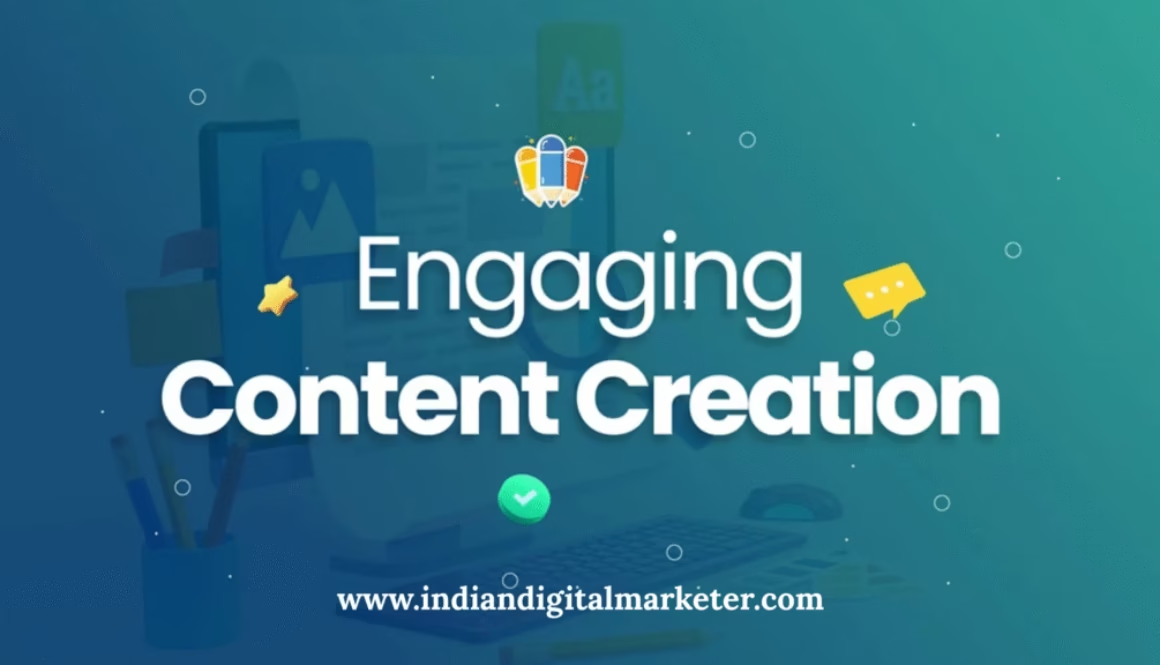Have you ever looked at your website numbers and thought, “We’re getting a decent amount of traffic, but why aren’t more people converting?” It’s a question a lot of marketers ask themselves. The truth is, getting people to your site is only half the battle. What really matters is what they do once they arrive.
The cost of acquiring new visitors has increased significantly. In fact, the customer acquisition costs have increased by nearly 60 percent during the last few years. This means that companies are paying more for each click, but not every click is necessarily of high intrinsic value. Interestingly, while companies spend an impressive $ 92 trying to get people to “visit,” they tend to invest just $1 trying to buy “action” from the same people. It’s like organizing a party but spending all the money on sending out invitations without considering how you will entertain guests when they actually show up.
CRO, or conversion rate optimization, enters here. It is not merely a matter of minor design tweaks. It is the art of learning how people interact with your site and then applying changes to increase the likelihood of them converting. Good CRO, however, is far more than performance strategies; it is one of the ways to maximize growth from your existing resources.
And the potential is huge. The average ROI on investing in CRO tools is more than 200 percent. This implies that even minor adjustments can make significant changes in real life without having to allocate extra finances to buy more ads and increase traffic.
In this blog post, we will explore the importance of understanding your users and identifying the changes that truly matter, as well as how teams can effectively incorporate CRO into their daily activities.
1. Start with Data: Know What Your Users Really Do
With the understanding of how powerful CRO can be, the next question becomes, where to begin? The answer is easy. You start with the visitors you currently have on your site. It is essential to understand what your users want to achieve and why they want to do it before testing or modifying any element.
This stage holds the most valuable insights, but many teams rush through it too quickly. The best use of CRO is through learning. Not assumptions or trends, but real user behavior.
Start by analyzing your data. There are tools, such as Google Analytics, that help you identify which pages are performing well and which ones are causing people to lose interest. You can identify pages with high traffic but poor engagement, and determine points of exit as well as actions throughout your funnel. This can assist you in visualizing what is occurring, but not necessarily why.
This is where the behavioral tools come into play. Heatmaps indicate where users are clicking or getting stuck while session recordings show visitors’ movements through your site. On-page surveys capture users’ thoughts in real-time. These insights provide the missing piece that raw numbers can’t always offer.
The true value lies in combining the two. By merging what people do with the reasoning behind it, one can create distinct user personas and user journey maps. These maps, in turn, become the basis for every optimization decision. And the data justifies it: 71% of companies exceeding their lead and revenue objectives have documented personas.
A great example of this comes from the team at Microsoft Bing. They did some research on certain users who interacted with ads, and they found out that a very particular blue color drawn out of their color palette, #0044CC, offered unparalleled clicks compared to the other possible alternatives for the use of blue colors. Such a minute modification, purely data-sourced, would add up to approximately 80 million dollars in extra revenue per year for Microsoft.
2. CRO Tactics That Boost Conversions Fast
Once you clearly understand user behavior on your site, the next logical step is to translate that insight into action. This is where the fun truly begins. Instead of guessing about possible outcomes, you will engage in purposeful experimentation and observe how small changes translate into significant results.
- A/B Testing & Multivariate Testing:
A/B testing offers some of the most rapid methods of applying CRO techniques. The practice simply entails taking two versions of a page or an element, creating a variant, and then testing these variants against each other. The tests can evaluate any page feature, including headlines, buttons, or call-to-action (CTA) elements. A/B testing then provides clear answers dictated by user behavior. Companies that regularly practice this have seen as much as a 300 percent or more increase in conversion rates.
- Landing Page Optimization (LPO):
Landing page optimization is another high-impact area. Consider your landing pages as your digital storefront. They should grab visitor attention, clearly articulate value, and lead visitors to the next step. Successful pages generally comprise a focused headline, a clear value proposition, social proof, and a frictionless pathway. According to data, businesses with 10 to 15 landing pages see 55 percent more leads than businesses with fewer. Companies that have over 40, however, generate more than 12 times the number of leads.
Personalization adds another powerful layer. If users feel that your website actually understands them, they convert at a much higher rate. Personalization can take anything from sending personalized messages to recommending products or content chosen especially for that user. Advanced personalization techniques generate increases in revenue of between 5 and 15 percent and increases in the efficiency of marketing spending by between 10 and 30 percent.
A good example is Netflix. More than 80 percent of the content that individuals view is provided by personalized recommendations. This power to customize the experience contributes significantly to their 93 percent customer retention rate.
3. Advanced CRO: Optimizing the Whole Funnel
So far, we have focused on what you can fix through page-level changes. But some of the biggest improvements arise when you step back and view the whole customer journey. CRO is not only the work done for one landing page here and there or for some A/B tests. It is about optimizing everything from the first click to the last conversion.
This is where full-funnel thinking is most effective and impactful. Each stage of the funnel plays a certain part in encouraging the user to advance. The top of the funnel is where users familiarize themselves with your brand through ads and landing pages; the middle of the funnel is where nurture emails and content help users explore. The bottom stage is where they decide to act, whether that’s signing up, booking a demo, or making a purchase. When you apply CRO across all these touchpoints, the improvements really start stacking up.
The role of psychology in enabling these changes to work is crucial. People respond to cues that seem familiar to them and are trustworthy. Adding testimonials or user counts can help give social proof and boost confidence. Creating some urgency or scarcity will help push them to act sooner. These strategies aren’t tricks; they reflect how humans naturally make decisions. Studies show that customer testimonials can increase conversion on the sales page by as much as 34 percent. Meanwhile, messages that induce a sense of urgency increase conversion by as much as 332 percent.
AI has also opened up new doors in the field: It can detect patterns in user behavior that are all but impossible to identify manually, recommend variations worth testing, and create real-time personalized experiences. As per current reports, AI is projected to add up to 2.6 trillion dollars to the worth of marketing and sales worldwide by allowing teams to automate testing and increase personalization.
We can already see what this looks like in action. Booking.com is a classic example: Its pages show messages such as “only one room left at this price” or “booked 26 times in the last 24 hours.” Such subtle cues employ social proof and scarcity to spur faster decision-making. Amazon does it on a different level now in an entirely different part of the funnel. “Customers who bought this item also bought” has generated approximately 35% of total revenue to entice people into adding more to their carts after they have already decided to buy.
4. Essential Tools for CRO Success
Having discussed the full journey and how to optimize it, the question to ask now is, how to make it work. This is where the right tool becomes crucial. Effective strategies depend on solid systems to keep them going, particularly under the conditions of running experiments, behavior analysis, or personalization.
It starts with analytics. Google Analytics 4 is one of the tools that can be used to identify where users come from, how they move through the site, and where they tend to drop off. Such data gives information about what is happening and helps you decide where to focus.
However, understanding why users behave in a certain way requires qualitative insights as well. That is where the user behaviour tools come in. Heat maps and session recordings show how a person interacts with the content if they hesitate or miss something important, thus giving clues about what may be unclear or distracting.
Upon identifying a problem, the next step is finding a way to test the solutions to the problem. Using A/B testing and a web personalization platform such as Fragmatic, one can test out new versions of pages or content, present different experiences to specific audiences, and measure what is most effective for them.
Together, these tools work best. Connected systems allow an effortless progression from insight to action. You may see a problem in analytics, investigate it in behavior data, and test a new version immediately. Marketers with integrated toolsets are 39% more likely to exceed their business goals.
This approach seems to be gaining momentum. The global CRO software market is expected to reach 1932 million dollars by the year 2026, growing at a rate of 10 percent per annum. More teams are investing in tools to continuously optimize their campaigns based on concrete data.
For example, consider a SaaS company that has a 70 percent exit rate on its pricing page, as indicated by Google Analytics. A user behavior tool reveals that users are hovering over feature descriptions without clicking on them, signaling potential confusion. Hence, they redesigned that page with more explicit language and an interactive comparison section and tested the new features using Fragmatic. The results are a 25 percent drop in exit numbers and an increase of 12 percent in demo requests.
This is what can be achieved when the right tools and a smart strategy go hand in hand. By setting up properly equipped infrastructure, your team will be able to move more quickly, experiment more effectively, and become more assured.
5. Build a Culture of Continuous Testing
We have looked at how tools and tactics drive conversion rate optimization, but none of these can work without the right mindset. CRO truly kicks in when it becomes integrated into the daily work of the people who make up your team.
Leadership plays a key role. When companies don’t see CRO as an added cost but rather as a method of growth, teams are more likely to invest in it and experiment. Data indeed supports this claim. Highly data-driven companies are 23 times more likely to acquire customers and 6 times more likely to retain them.
To maintain the pace, teams must have an easy pattern of testing ideas. Working on a system such as PIE allows prioritization of what we should test and keeps us sharp. And everyone should experiment. The best ideas come from anywhere, not just analysts.
Even failed tests are valuable. They indicate what does not work and eventually prevent larger mistakes. Spotify is one such instance. Their teams run several hundred small experiments all the time, learning and improving.
Growth follows naturally when CRO forms a part of your team’s culture and becomes an integral part of how work is performed.
Conclusion:
The beginning of doubling conversions lies in utilizing traffic more efficiently. It involves recognizing user behavior, utilizing specific CRO strategies, and maximizing the entire experience. CRO becomes a scalable growth mechanism when supported by the proper tools and a testing mindset.
Teams that take a consistent, well-prioritized, and open-minded approach to CRO see sustainable success. By resourcing one strong hypothesis and one dedicated test, they initiate a cycle of incremental improvements that produce actual business impact.
Author Bio: [Imagelink]
Vidhatanand is the Founder and CEO of Fragmatic, a web personalization platform for B2B businesses. He specializes in advancing AI-driven personalization and is passionate about creating technologies that help businesses deliver meaningful digital experiences.








